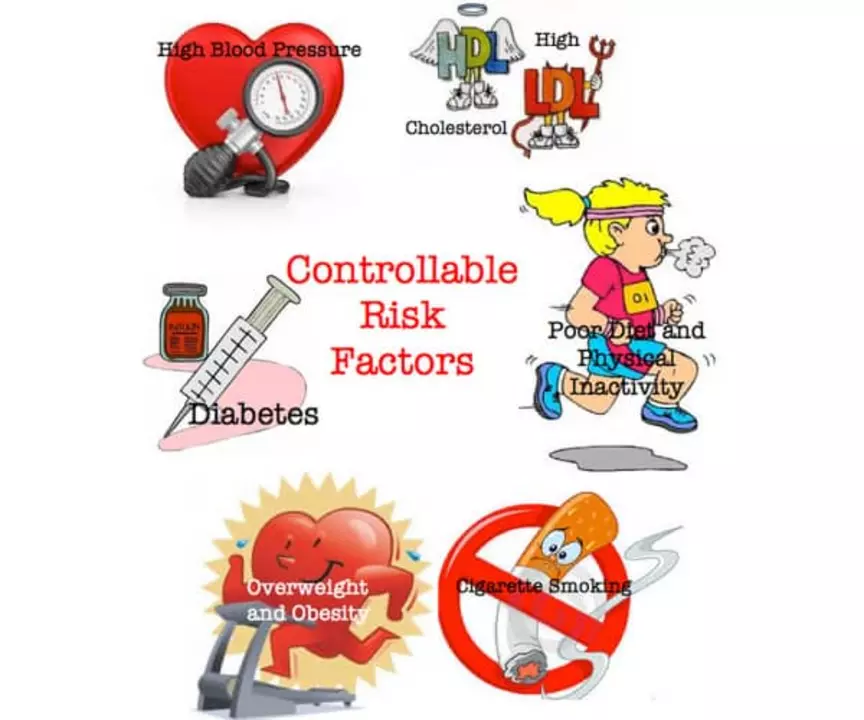Stroke Risk: What You Can Do Right Now
Stroke risk jumps when blood pressure, cholesterol, or blood sugar get out of control. But small, smart moves—sticking to meds, checking numbers, and fixing a few daily habits—cut risk a lot more than you might expect. Below are concrete, no-nonsense ways to lower your stroke risk and spot one fast if it happens.
Medications and medical checks that matter
High blood pressure is the top cause of stroke. If you take meds like metoprolol or diuretics (for example, Lasix), don’t stop them without talking to your doctor—stopping suddenly can spike your blood pressure. Keep a home BP monitor and log readings for your clinician.
Cholesterol matters too. Statins lower stroke risk, but not all statins are the same: some interact with grapefruit juice and raise drug levels. If you love grapefruit, ask about grapefruit-friendly statins like pravastatin or rosuvastatin. Also mention any kidney, liver, or electrolyte issues—certain drugs and deficiencies can change how well meds work.
Know your heart rhythm. Atrial fibrillation (AF) raises stroke risk a lot and sometimes feels like palpitations or fatigue, but it can be silent. If you have irregular pulses, get checked. If AF is found, your doctor may recommend blood thinners to protect your brain.
Everyday habits that actually cut risk
Control one big thing at a time. Lose 5–10% of body weight if you’re overweight, and aim for 30 minutes of activity most days. Even brisk walking helps blood pressure and blood sugar. Quit smoking—this lowers stroke risk quickly. Limit alcohol to moderate levels; excess raises pressure and stroke chance.
Eat to protect your brain: more veggies, whole grains, fish, and less processed food and salt. The DASH or Mediterranean-style patterns are simple templates. Watch sugar—if you have diabetes, tight blood sugar control reduces damage to blood vessels over time.
Fix sleep and teeth. Poor sleep and untreated sleep apnea raise stroke risk. Untreated gum disease links to inflammation too. These aren’t dramatic fixes, but they add up.
Spot a stroke fast: remember FAST — Face droop, Arm weakness, Speech trouble, Time to call emergency services. Acting within minutes can limit lasting damage.
Practical checklist: keep a BP log, take meds as prescribed, ask about statin choices if you eat grapefruit, get checked for AF, quit smoking, move daily, and follow a Mediterranean/DASH-style diet. If you’re unsure how medications or supplements affect your risk, bring a list to your pharmacist or doctor—they can point out interactions and safer alternatives.
Want one small change to start? Check your blood pressure this week and book a follow-up if it’s high. That single step often leads to the other fixes that really lower stroke risk.

